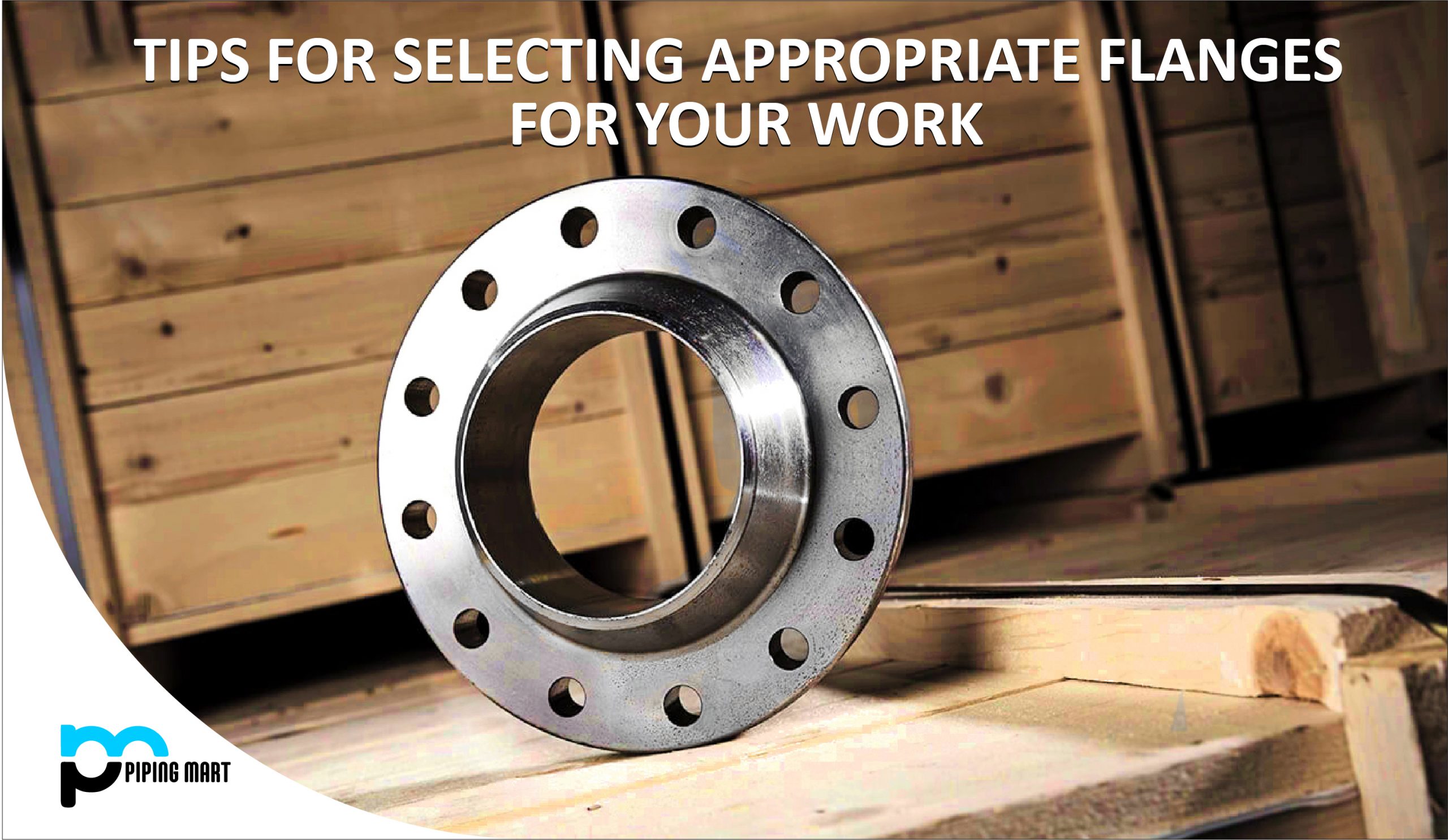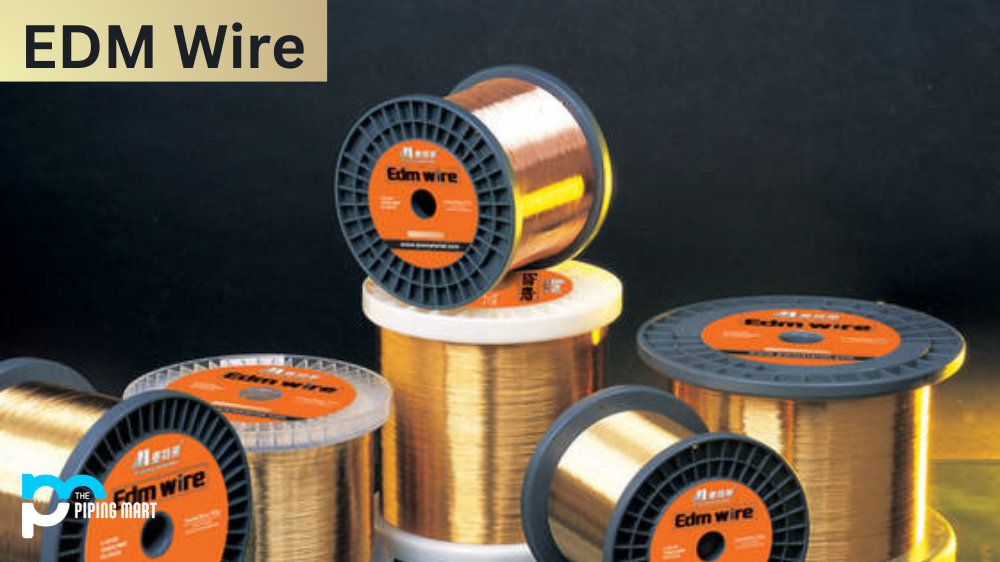Couplings are the essential components that connect two shafts to transmit power from one to another. They play a significant role in the smooth functioning of industrial equipment. Over the years, there have been several advancements in coupling designs based on their application, speed, and torque transmission capabilities. Grid coupling and gear coupling are two such types of couplings. This blog will discuss the differences between grid and gear coupling and their pros and cons.
What is Grid Coupling?
Grid coupling is a mechanical coupling used to connect two rotating shafts for transmitting power between them. The coupling consists of two flexible metallic grids and two hubs with teeth that interlock with the grids. When the two hubs rotate, the grids flex and transmit torque between the shafts. Grid couplings have many advantages, including accommodating misalignments, reducing vibration, and providing overload protection.
What is Gear Coupling?
A gear coupling is a mechanical device used to connect two rotating shafts to transmit torque, dampen shock loads, and enable angular misalignment. It consists of two gears mounted on separate hubs connected by a middle member that absorbs transmission errors between them. This allows the gears to remain in contact while absorbing axial, radial, or angular misalignments.
Difference Between Grid Coupling and Gear Coupling
Design:
Grid Coupling: A grid coupling comprises two hubs connected with a flexible grid. Usually, the grid is made of spring steel or stainless steel. The two hubs are then further connected with bolts to ensure a secure connection between them. The flexibility of the grid provides shock absorption and is highly tolerant to misalignments.
Gear Coupling: A gear coupling consists of two hubs with external gear teeth meshing together. The hubs are aligned with the help of a sleeve to transmit torque. Gear couplings are incredibly robust transmission components.
Torque Transmission Capacity:
Grid Coupling: Grid couplings are more effective in transmitting torque efficiently. They can transmit torque up to 70,000 Nm, which makes them suitable for many industrial applications.
Gear Coupling: Gear couplings have a higher torque transmission capacity. They can transmit torque up to 12,500,000 Nm, making them the most suitable for challenging and high-speed applications.
Speed and Misalignment Tolerance:
Grid Coupling: Grid couplings are highly tolerant to angular and parallel misalignments. They can operate at high speeds of up to 4500 RPM.
Gear Coupling: Gear couplings are not as tolerant to misalignments as grid couplings. They can handle low angular and axial misalignments but fail to perform under high levels of misalignment. They are suitable for applications where high acceleration and deceleration are involved.
Maintenance and Cost:
Grid Coupling: Grid couplings have a low maintenance cost and are reliable. The grid can be easily changed without removing the hubs or complete units from the machinery. They are moderate to high priced when compared to gear couplings.
Gear Coupling: Gear couplings can be expensive, and the maintenance cost is also high. The gear teeth must be constantly checked for wear and damage, which would mean frequent replacement or repair. Gear couplings are more time-consuming to maintain and are mostly used in heavy-duty applications.
Industry Applications:
Grid Coupling: Grid couplings are widely used in general industries, HVAC systems, conveyors, and pumps. Their flexibility, shock absorption and high misalignment tolerance make them the ideal choice.
Gear Coupling: Gear couplings are commonly used in rolling mills, large industrial equipment, marine and aerospace industries, and mining. They are suitable for high-speed, high-temperature applications.
Conclusion:
In conclusion, both grid and gear coupling have advantages and disadvantages. Grid coupling is flexible, with high misalignment tolerance and is ideal for general industrial applications and HVAC systems. Gear coupling has a high torque transmission capacity and is suitable for high-speed and heavy-duty applications. Therefore, choosing the right coupling for the specific application is essential to ensure that machinery operates efficiently and smoothly. In which coupling have you used, and what’s your experience with them? Let me know in the comments.




